Key Takeaways:
- Understanding Fire Starters: Explore the various types of fire starters and their distinct features.
- Practical Tips: Learn how to effectively use fire starters in different weather conditions.
- Choosing the Right Tool: Discover what to consider when picking the perfect fire starter for your needs.
Introduction to Survival Fire Starters
When you're out in the wilderness, the ability to start a fire can mean the difference between comfort and danger. A survival fire starter is an essential tool for any outdoor adventurer, offering a dependable way to create sparks and ignite tinder even in tough conditions. Whether you're camping, hiking, or facing a survival situation, knowing how to start a fire is vital.
Fire starters come in many forms, each with unique features and advantages. From magnesium rods to ferrocerium rods, fire steels, and fire pistons, these tools are designed to help you ignite a fire quickly and efficiently. Using highly flammable materials like cotton balls can boost the effectiveness of your fire starter. Additionally, a ferro rod is a trusted fire starter known for producing consistent sparks. When selecting a fire starter, it's important to consider weather conditions to ensure the best performance. In this guide, we'll delve into the different types of fire starters, how to use them, and what to look for when choosing the right one for you.
Types of Fire Starters
Magnesium Rods and Ferrocerium Rods
Magnesium rods and ferrocerium rods are popular fire-starting tools. Magnesium rods are prized for producing a hot flame when shaved and ignited, making them perfect for lighting tinder such as pine needles or cotton balls. Most ferro rods produce sparks when struck with a striker, easily igniting tinder.
Ferrocerium rods are especially favored for their durability and ability to generate sparks even in wet conditions. These rods are commonly paired with a steel striker, allowing you to create sparks by striking the rod. The sparks are hot enough to ignite various tinder materials, making them a reliable choice for starting fires outdoors.
Flint and Steel
Fire steel, also called flint and steel, is a traditional fire-starting method used for centuries. It involves striking a piece of steel against a flint rock to create sparks. While it requires more skill and practice than other fire starters, it is lightweight and compact, making it easy to carry.
The flint and steel method is particularly effective in windy conditions, as sparks can be directed toward the tinder. However, it can be challenging in wet weather since both flint and steel need to be dry to spark effectively. Despite this, many outdoor enthusiasts appreciate the classic appeal of this fire-starting technique.
How to Use a Survival Fire Starter
Creating Sparks and Igniting Tinder
To start a fire with a survival fire starter, you need to create sparks and ignite tinder. Begin by collecting dry tinder such as dryer lint, char cloth, or small twigs. Arrange the tinder in a small pile on the ground, making sure it’s dry and free from moisture. This helps the tinder catch fire more easily when exposed to sparks.
Next, use your fire starter to generate sparks. If using a ferrocerium rod, hold the rod in one hand and the striker in the other. Strike the rod at a 45-degree angle with the striker, directing the sparks toward the tinder. With practice, you’ll be able to create sparks that ignite the tinder, allowing you to start a fire.
Handling Weather Challenges
Weather conditions can greatly affect your ability to start a fire. Rain or snow can make finding dry tinder difficult. In such cases, it’s helpful to carry a small supply of waterproof tinder, like fatwood or cotton balls soaked in petroleum jelly, in your pack. These materials can ignite even when damp.
Wind can also complicate fire-starting. To counter this, build a windbreak using rocks or logs to shield your tinder from the wind. This helps the sparks land directly on the tinder, increasing your chances of successfully starting a fire. With the right tools and techniques, you can start a fire even in adverse weather.
Choosing the Right Fire Starter
Key Considerations
When choosing a fire starter, think about durability, size, and ease of use. A durable fire starter will withstand harsh conditions and deliver reliable performance over time. Look for fire starters made from high-quality materials that can endure repeated use without breaking. Fire pistons are known for their durability and efficiency.
Size matters as well. A compact fire starter is easy to carry and won’t take up much space in your pack, but make sure it’s large enough to use comfortably, especially if you have big hands. Lastly, pick a fire starter that’s easy to operate, even when wearing gloves or in cold conditions.
Price and Features
Fire starters range in price from budget-friendly to premium models. While cheaper options might be tempting, investing in a quality fire starter can save you frustration when conditions get tough. Look for features like a built-in bottle opener or a lanyard for easy carrying.
Consider the length of the rod or striker, as longer rods can produce more sparks and are easier to use. Some fire starters also include extra tools, such as knives or whistles, which can be valuable in survival situations. By balancing price and features, you can find a fire starter that fits your needs and budget.
Practical Examples and Case Studies
Real-Life Situations
Picture yourself camping deep in the forest on a cold day. You need a fire for warmth and cooking. You reach for your survival fire starter—a reliable ferrocerium rod—and strike it with a steel striker. Despite the wind, sparks land on your tinder, igniting it and helping you build a campfire.
In another scenario, you’re hiking in the mountains when rain starts pouring. Your matches are soaked, but you have a magnesium rod in your pack. You shave some magnesium shavings onto char cloth and strike the rod with a knife. The shavings ignite, allowing you to quickly build a fire to dry off and warm up.
Lessons Learned
These examples highlight why having a dependable fire starter is crucial for outdoor gear. Whether facing wind, rain, or snow, a good fire starter can make all the difference. Practice using your fire starter in various conditions to build confidence and be ready for any situation.
By learning from these scenarios, you’ll better understand the challenges of starting a fire in the wild and how to overcome them. With the right tools and know-how, you can start fires easily, ensuring safety and comfort outdoors.
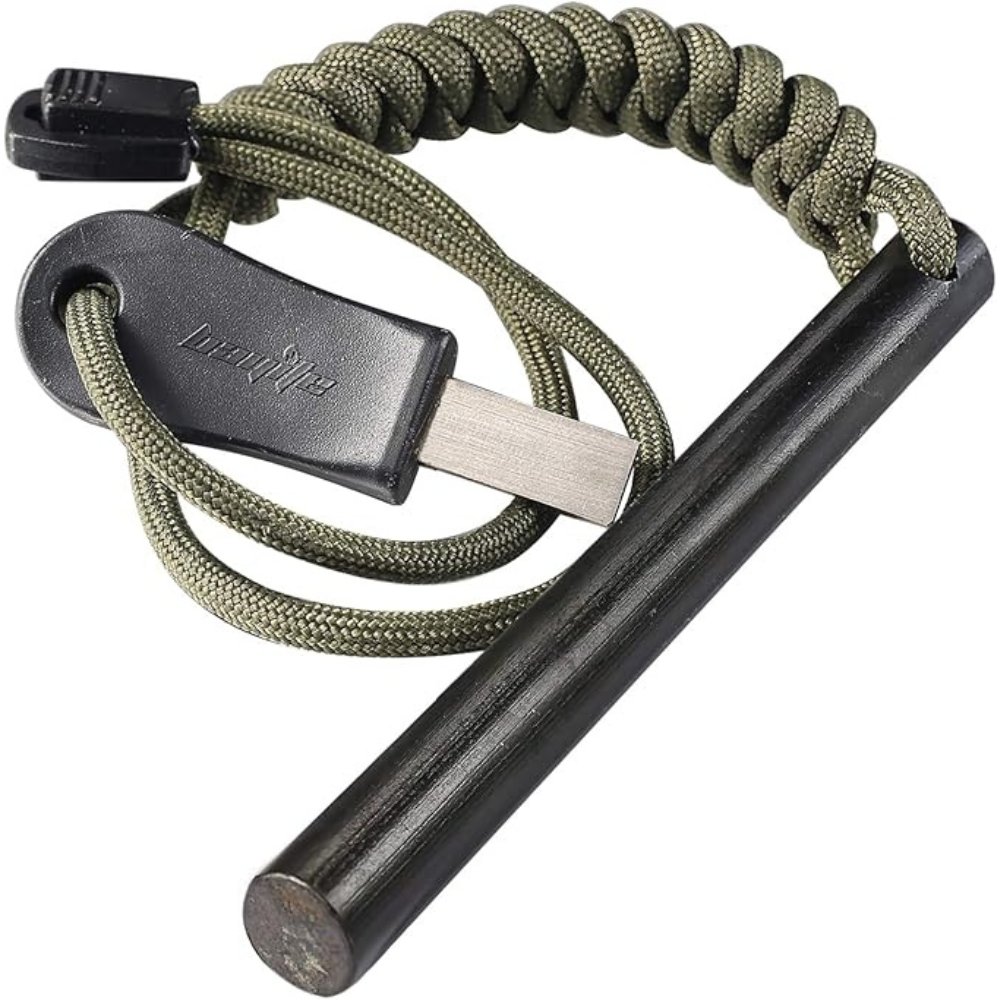
Best Fire Starter
Bayite 4 Inch Survival Ferrocerium Drilled Flint Fire Starter
Summary
Survival fire starters are essential for anyone venturing into the wilderness. From magnesium rods to ferrocerium rods, these tools provide a dependable way to create sparks and ignite tinder, even in tough weather. By understanding the types of fire starters and how to use them, you’ll be well-prepared for outdoor adventures.
When selecting a fire starter, consider durability, size, and features. Investing in a quality fire starter can prevent frustration in adverse conditions. With practice and the right equipment, you’ll be able to start fires confidently, ensuring your safety and comfort in the great outdoors.
FAQ
What is the best tinder to use with a survival fire starter?
The best tinder is dry and highly flammable. Common choices include dryer lint, char cloth, cotton balls soaked in petroleum jelly, and natural materials like pine needles or small twigs. These catch fire quickly when exposed to sparks.
How do I maintain my fire starter for long-lasting use?
Keep your fire starter dry and clean. After use, wipe off any residue or moisture. Store it in a dry place and avoid exposing it to extreme temperatures or harmful chemicals that could damage it.
Can I use a fire starter in wet conditions?
Yes, many fire starters, especially ferrocerium rods, work well in wet conditions. However, having dry tinder is essential. Carry waterproof tinder or store tinder in a waterproof container to ensure you can start a fire even when it’s wet outdoors.

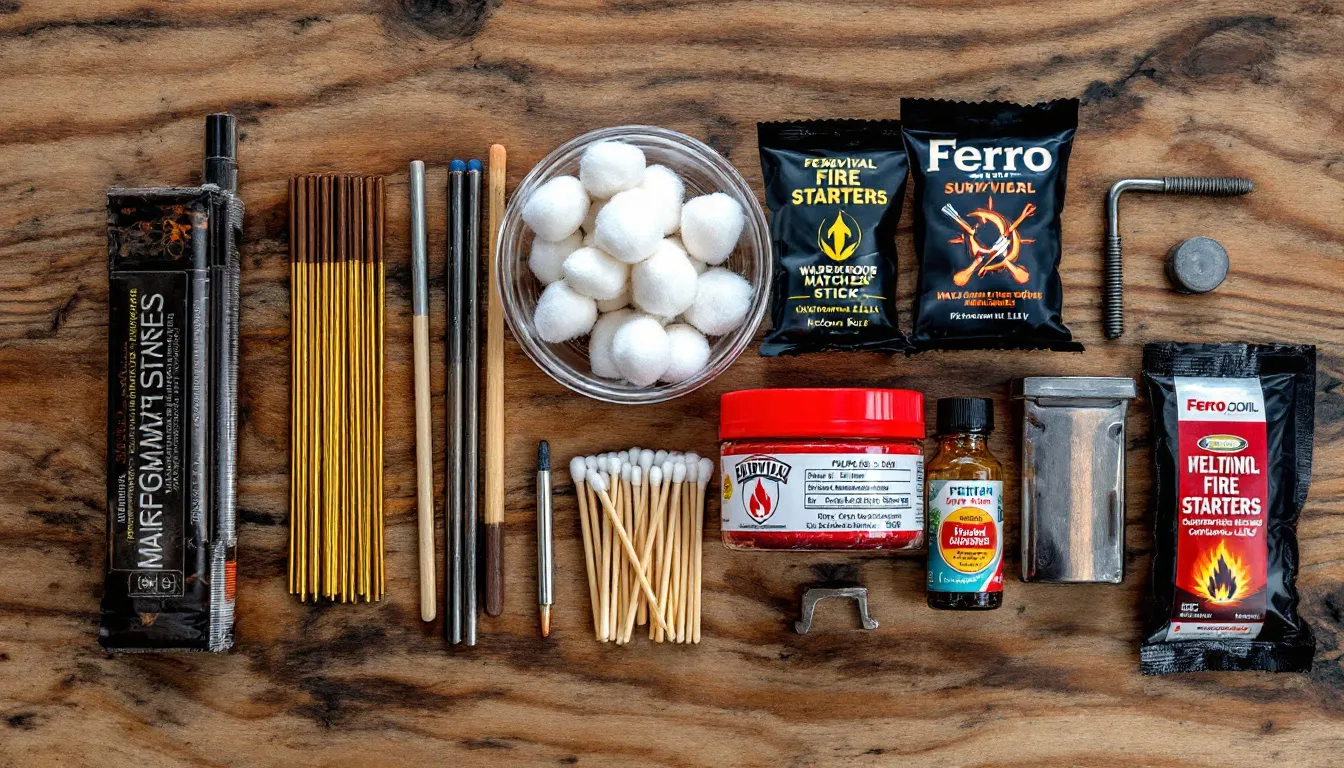
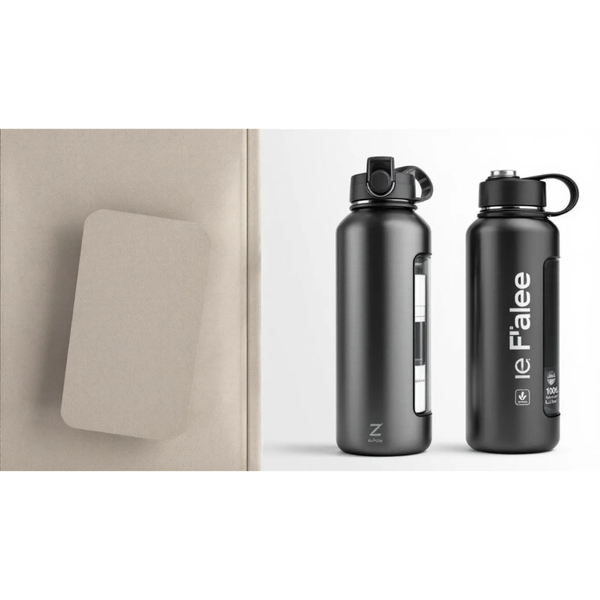
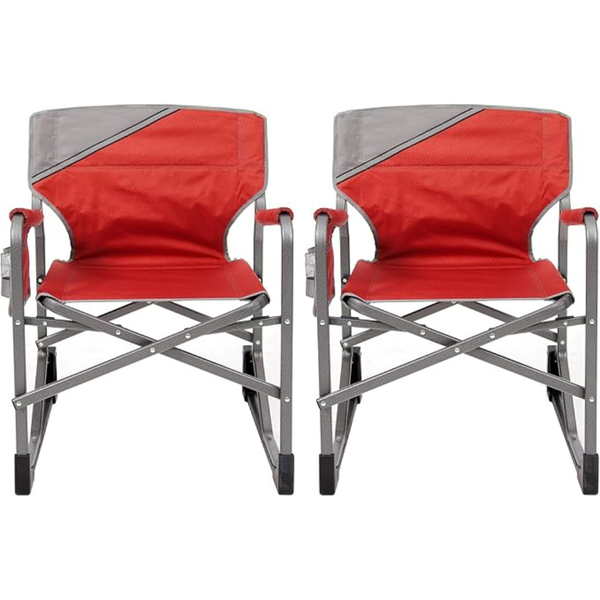
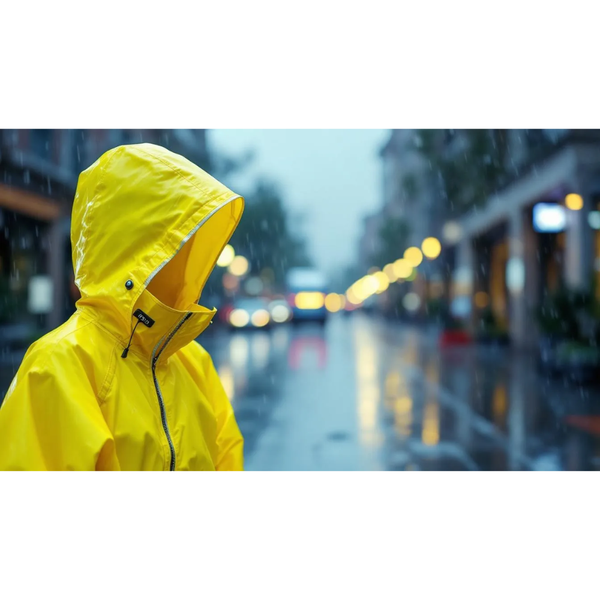
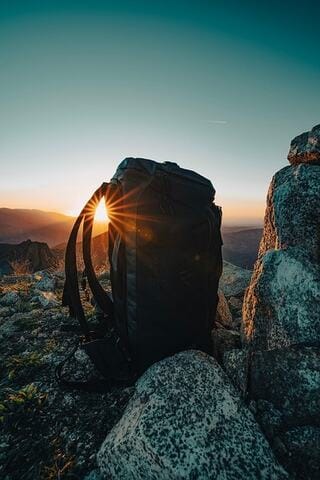
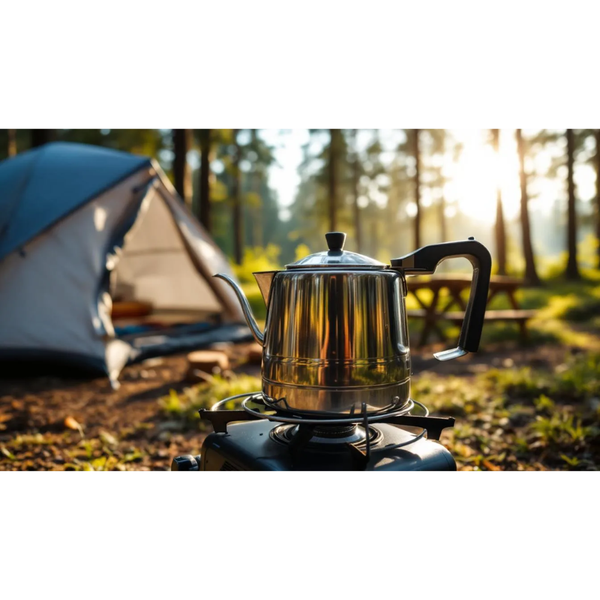
Member discussion